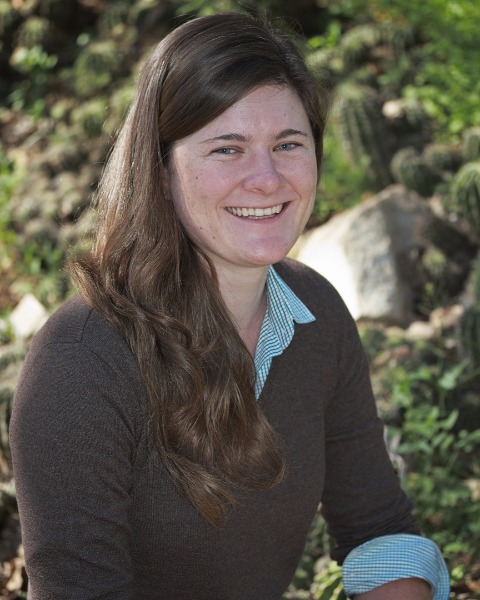10-Minute Paper
Plant-Insect Ecosystems
P-IE: Ecology
Diversified pastures offer rehabilitated habitat to native pollinators
Sunday, November 5, 2023
2:06 PM - 2:18 PM ET
Location: Gaylord National Resort & Convention Center, National Harbor 10

Parry M. Kietzman
Entomologist
Virginia Tech
Pembroke, Virginia- MO
Megan E. O'Rourke
National Program Leader
USDA
Lees Summit, Missouri - BT
Benjamin Tracy
Virginia Tech
Blacksburg, Virginia
Presenting Author(s)
Co-Author(s)
Habitat loss is a crucial driver of insect pollinator decline. Natural landscapes disrupted through increasing urbanization, intensive agriculture, and habitat fragmentation offer reduced or no resources to pollinators, limiting the numbers that can be supported by those environments. In the southeastern United States, pastures for grazing livestock are commonly composed of imported tall fescue (Festuca arundinacea), a highly competitive species that limits floral diversity and can be infected with a fungal endophyte that has deleterious effects on grazing animals. To test the effectiveness of a grazing-wildflower complex for pollinator habitat rehabilitation, a seed mix including wildflowers that are native to the United States and also nontoxic to cattle was added to five tall fescue pastures in southwestern Virginia. The wildflowers were surveyed for visits by pollinating insects in 2021 and 2022. The added wildflowers received significantly more visits from pollinators than the unsown, weedy species already present in each location’s seed bank. Locations that had greater floral diversity also attracted greater numbers of pollinators. Every species of flowering plant present in the pastures received visits from pollinators, however, some species were higher performers in terms of the number of pollinators they attracted. These included bergamot, purple coneflower, grey headed coneflower, black eyed susan, blue flax, and lance leaved coreopsis. These results show that native wildflowers can successfully be incorporated to existing pastureland, and based on the number of pollinator visits they received, they offer valuable resources to pollinators that would not otherwise be available in traditional grass pastures.

.png)
